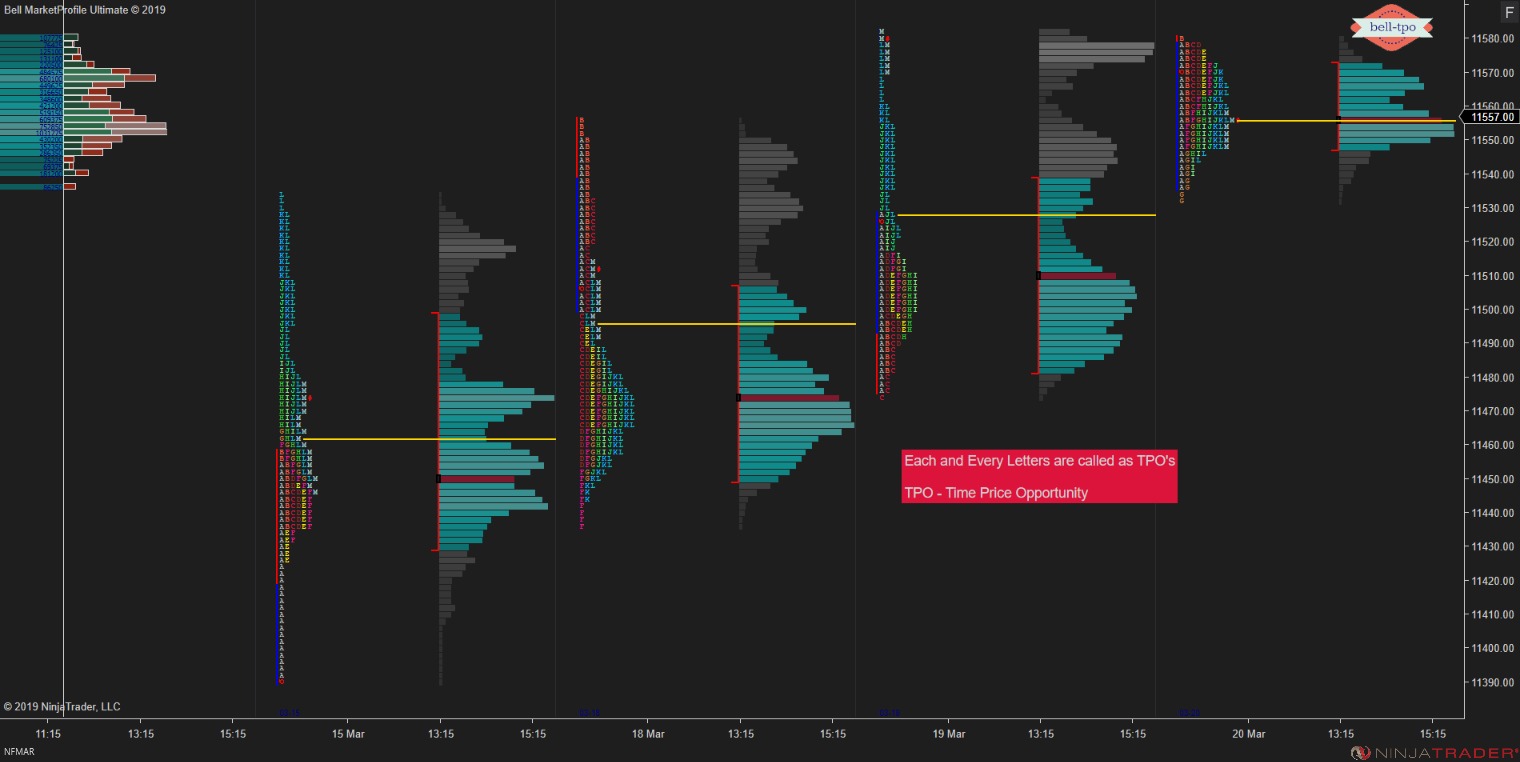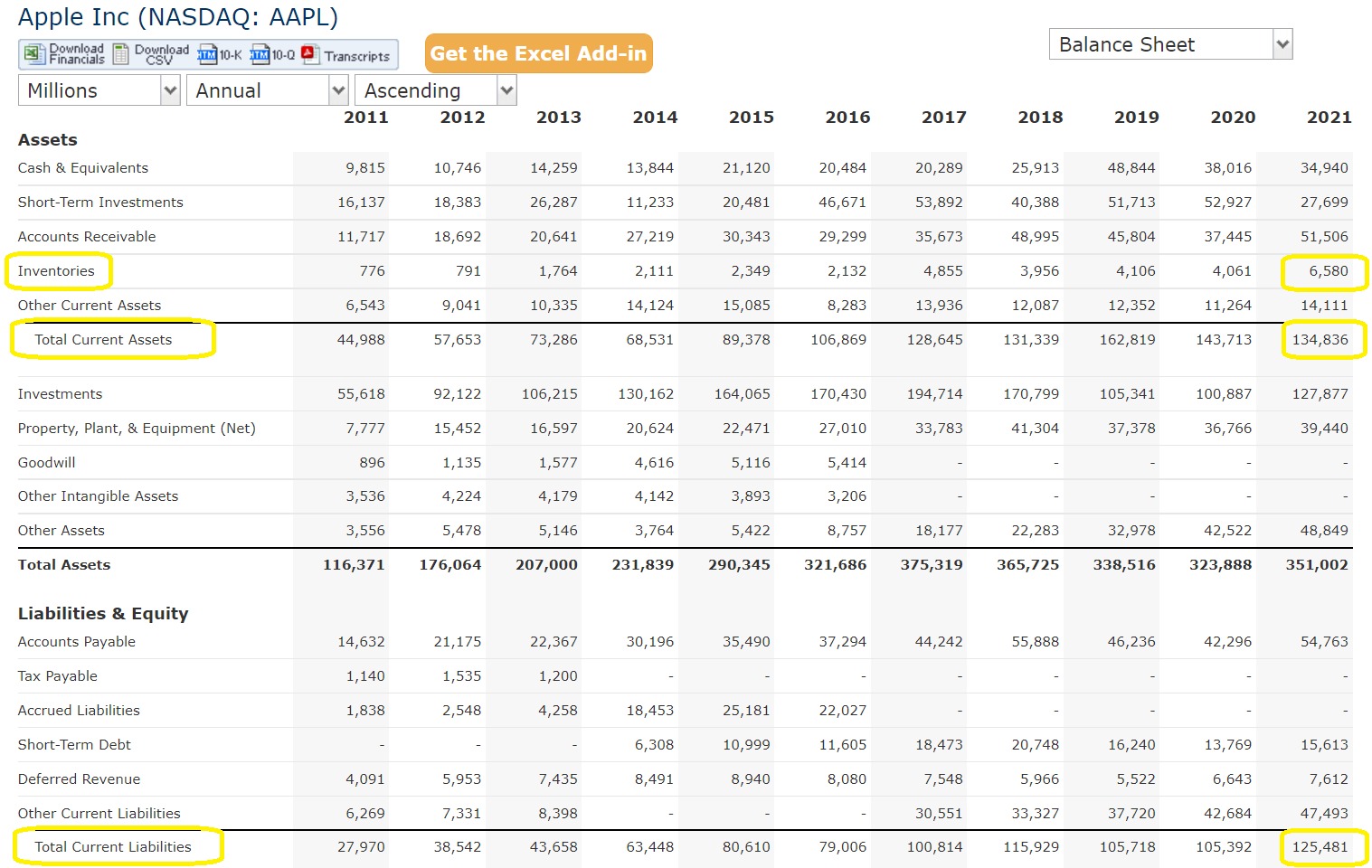Home>Finance>Sell In May And Go Away’: Definition, Statistics, And Drawbacks


Finance
Sell In May And Go Away’: Definition, Statistics, And Drawbacks
Modified: February 6, 2024
Learn about the 'Sell in May and Go Away' strategy in finance, including its definition, statistical performance, and potential drawbacks.
(Many of the links in this article redirect to a specific reviewed product. Your purchase of these products through affiliate links helps to generate commission for LiveWell, at no extra cost. Learn more)
What is ‘Sell in May and Go Away’?
As we navigate the realm of personal finance, we often come across various investment strategies and adages. One such phrase that has gained attention is ‘Sell in May and Go Away’. This popular saying suggests that investors should sell their stocks in May and re-enter the market in November, thereby avoiding the typically volatile summer months.
Key Takeaways:
- ‘Sell in May and Go Away’ is an investment adage advising investors to sell their stocks in May and re-enter the market in November.
- This strategy is based on the historical seasonal pattern of market underperformance during the summer months.
The Seasonal Market Trend: Statistics and Historical Performance
According to market analysts, the origins of ‘Sell in May and Go Away’ can be traced back to historical patterns of stock market underperformance during the summer months, particularly in the Northern Hemisphere. Supporters of this strategy argue that there is evidence of a seasonal market trend, where stock market returns tend to be stronger during the winter months compared to the summer months.
Investors who follow this strategy believe that by selling their stocks in May, they can avoid potential losses or stagnant returns that may occur during the summer. Data analysis of previous years has shown that this strategy has sometimes been successful, with the summer months experiencing lower market returns compared to the rest of the year.
However, it is important to note that the effectiveness of ‘Sell in May and Go Away’ can vary from year to year and is not guaranteed to always produce positive results. Market conditions, economic factors, and other unforeseen events can significantly impact the performance of stocks throughout the year.
The Drawbacks of ‘Sell in May and Go Away’
While the ‘Sell in May and Go Away‘ strategy may seem appealing to some investors looking to minimize risk during potentially volatile periods, it is not without its drawbacks. Here are a few considerations to keep in mind:
- Missed Opportunities: By selling stocks in May and sitting on the sidelines for months, investors may potentially miss out on market upswings that occur during the summer.
- Transaction Costs: Frequent buying and selling of stocks to follow this strategy can lead to increased transaction costs, lowering overall investment returns.
- Timing the Market: Successfully implementing this strategy requires accurately timing the market, which is notoriously difficult even for seasoned investors.
Ultimately, whether or not to follow the ‘Sell in May and Go Away’ strategy depends on individual investment goals, risk tolerance, and market analysis. It is recommended to consult with a financial advisor or conduct thorough research before making any investment decisions based on this or any other investment strategy.
In Conclusion
‘Sell in May and Go Away’ is a commonly referenced investment adage that advises investors to sell their stocks in May and re-enter the market in November. While it is based on historical seasonal patterns, it is essential to consider its potential drawbacks and the fact that past performance is not indicative of future results. Ultimately, making informed investment decisions and keeping a long-term perspective are key to success in the ever-fluctuating world of finance.














